Khaled Salama
Resistive Neural Hardware Accelerators
Sep 08, 2021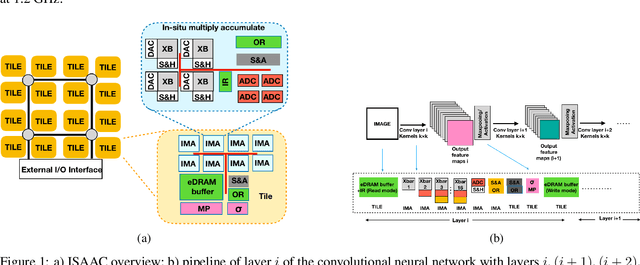
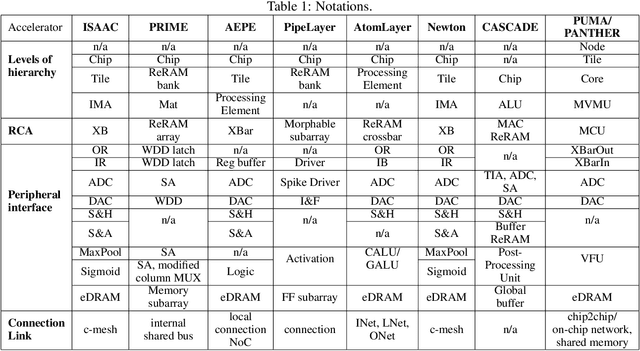

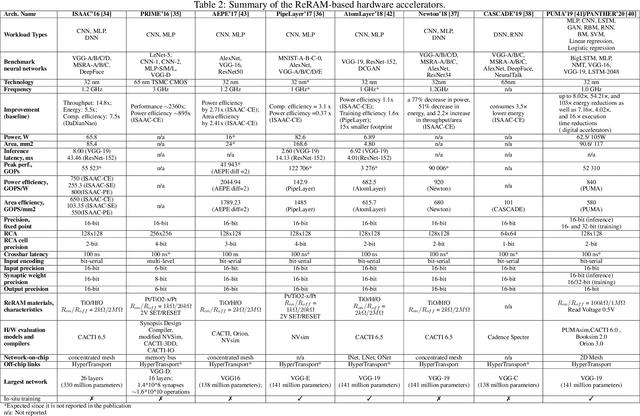
Abstract:Deep Neural Networks (DNNs), as a subset of Machine Learning (ML) techniques, entail that real-world data can be learned and that decisions can be made in real-time. However, their wide adoption is hindered by a number of software and hardware limitations. The existing general-purpose hardware platforms used to accelerate DNNs are facing new challenges associated with the growing amount of data and are exponentially increasing the complexity of computations. An emerging non-volatile memory (NVM) devices and processing-in-memory (PIM) paradigm is creating a new hardware architecture generation with increased computing and storage capabilities. In particular, the shift towards ReRAM-based in-memory computing has great potential in the implementation of area and power efficient inference and in training large-scale neural network architectures. These can accelerate the process of the IoT-enabled AI technologies entering our daily life. In this survey, we review the state-of-the-art ReRAM-based DNN many-core accelerators, and their superiority compared to CMOS counterparts was shown. The review covers different aspects of hardware and software realization of DNN accelerators, their present limitations, and future prospectives. In particular, comparison of the accelerators shows the need for the introduction of new performance metrics and benchmarking standards. In addition, the major concerns regarding the efficient design of accelerators include a lack of accuracy in simulation tools for software and hardware co-design.
Memristor-based Synaptic Sampling Machines
Aug 02, 2018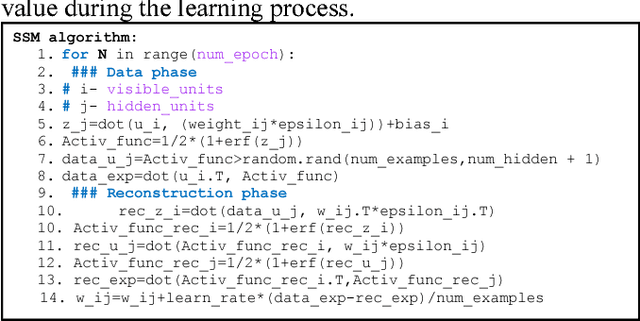
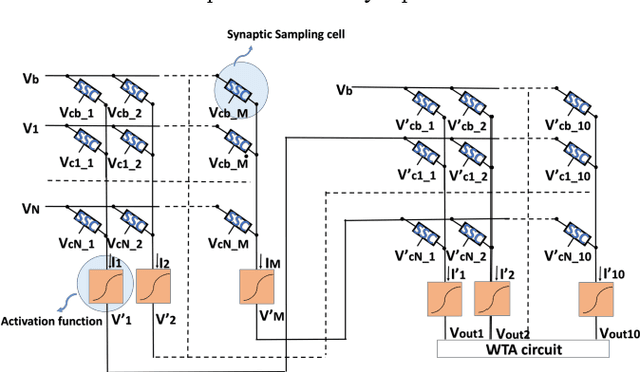
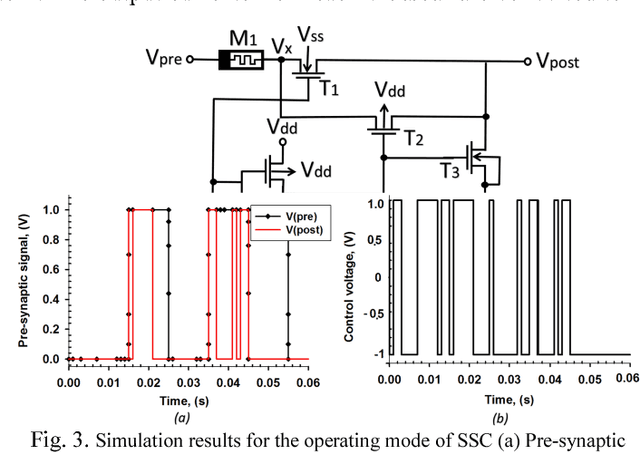
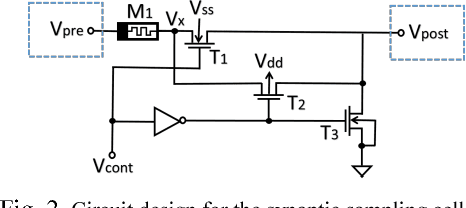
Abstract:Synaptic Sampling Machine (SSM) is a type of neural network model that considers biological unreliability of the synapses. We propose the circuit design of the SSM neural network which is realized through the memristive-CMOS crossbar structure with the synaptic sampling cell (SSC) being used as a basic stochastic unit. The increase in the edge computing devices in the Internet of things era, drives the need for hardware acceleration for data processing and computing. The computational considerations of the processing speed and possibility for the real-time realization pushes the synaptic sampling algorithm that demonstrated promising results on software for hardware implementation.
 Add to Chrome
Add to Chrome Add to Firefox
Add to Firefox Add to Edge
Add to Edge